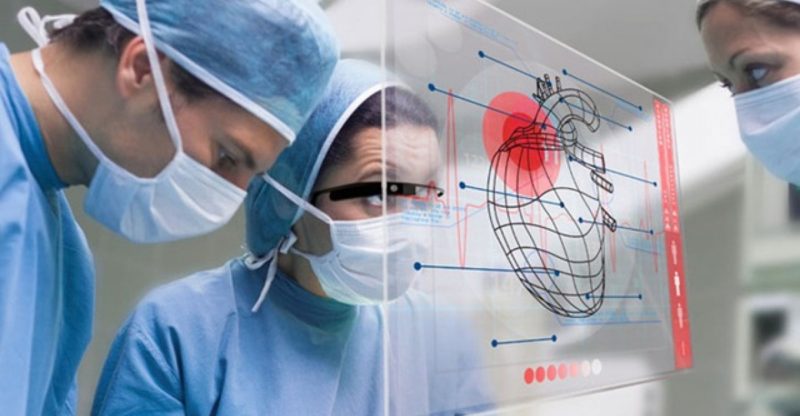The Future of Augmented Reality in Healthcare
Imagine a risky tumor removal surgery becoming nearly risk-free because the surgeon was able to visualize it fully. A critical emergency situation being well managed because the first responder knew where to find the appropriate medical aid kit or device. The frequent and painful search for a vein history because the doctor knew where to place the needle. All these scenarios have one thing in common: they are becoming reality through the integration of Augmented Reality applications.
Augmented Reality (AR) represents a significant difference in comparison to Virtual Reality(VR).
Virtual Reality applications create an artificial 3D world for the user, separating the user from the visual reality. AR applications are unique, the user does not lose touch with reality and the relevant information is transferred to the user’s eyesight as fast as possible, often in real time.
Let’s take a closer look at the examples mentioned above, and explore the used cases of AR in medicine.
In surgery, where precision work is key to favorable outcomes. AR has the potential to become one of the most promising tools. Especially in a tumor removal, brain surgery, or other situations where precision impacts the survival chances of a patient. With the help of AR applications, it will be possible for surgeons to predict the exact location of a tumor and even create accurate 3D dimensional reconstructions. Furthermore, using AR the surgeon can be guided through the procedure with real-time X-ray images, see calculations of possible risks, and choose the appropriate path to execute the operation.
Another promising application of AR is within emergency medicine. Especially in remote areas, first responders are frequently faced with the lack of accessibility to emergency care devices, like defibrillators. A prolonged search for one could cost a person’s life. Augmented Reality browsers combined with a database App can show exactly where the defibrillator is located, and save a person’s life.
Besides complex procedures and emergency situations, AR can be useful in the everyday life of doctors and nurses. For instance, if a simple blood test needs to be done, or a complex treatment protocol is in place, it all starts with the search for the vein. Especially for children and elderly people, this procedure can become painful. Start-ups like AccuVein, are using AR with the help of a simple scanner, which shows the exact location of the veins.
The presented cases are only a small fraction of the potential applications, which can be accomplished through the use of Augmented Reality. According to specialists, within a couple of years, AR applications will become a common device in the healthcare setting. Technical obstacles of complex applications are nearly resolved and with the increasing benefits, cost-related barriers are likely to decrease. However, in order to apply innovative technology successfully in the healthcare setting, a progress in education and a change in culture will be required.


